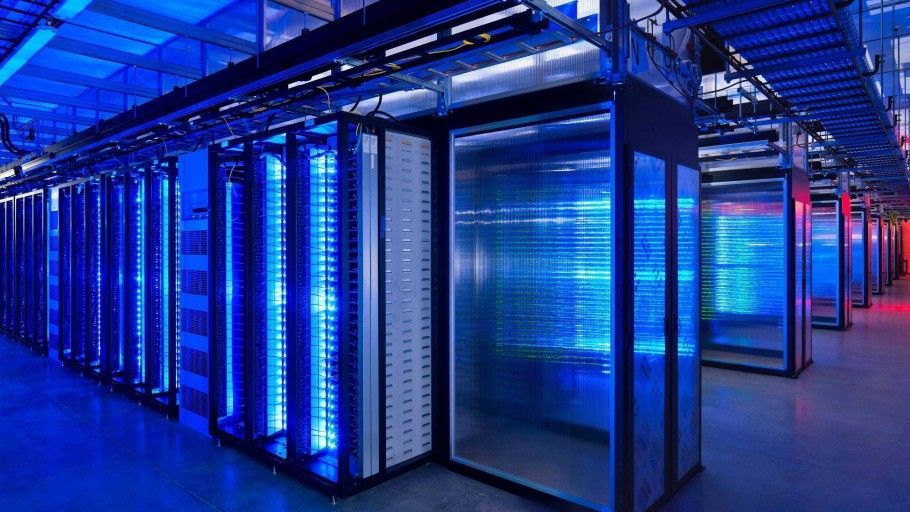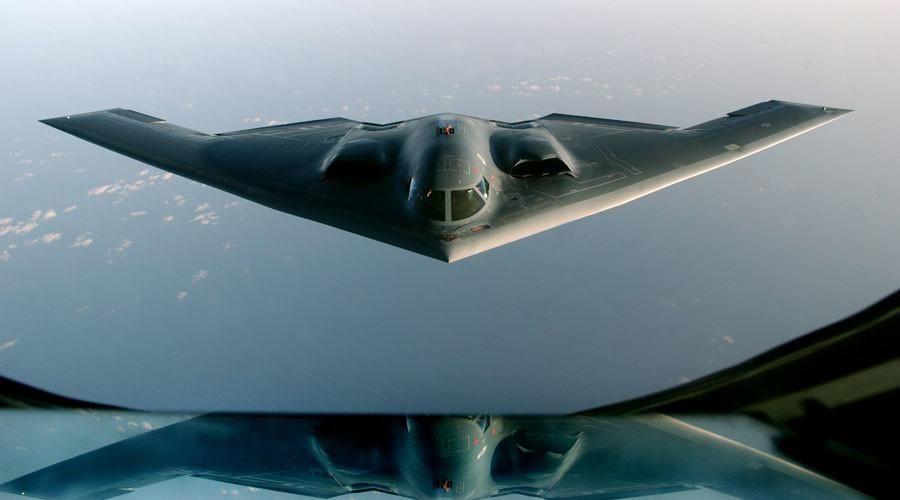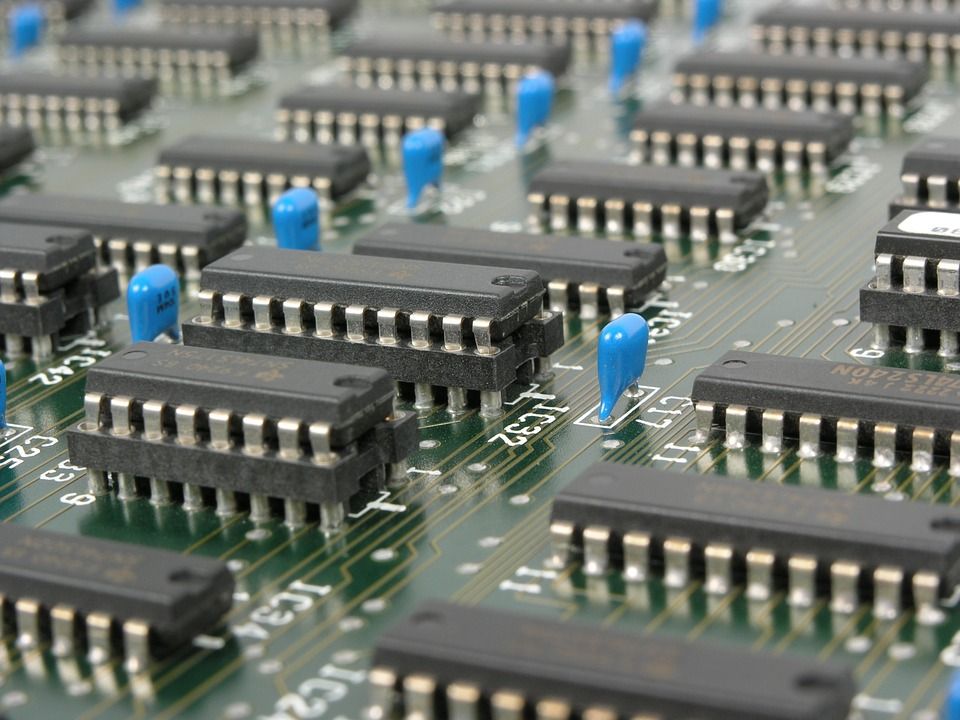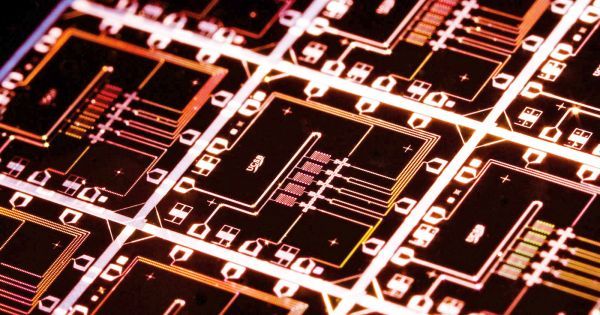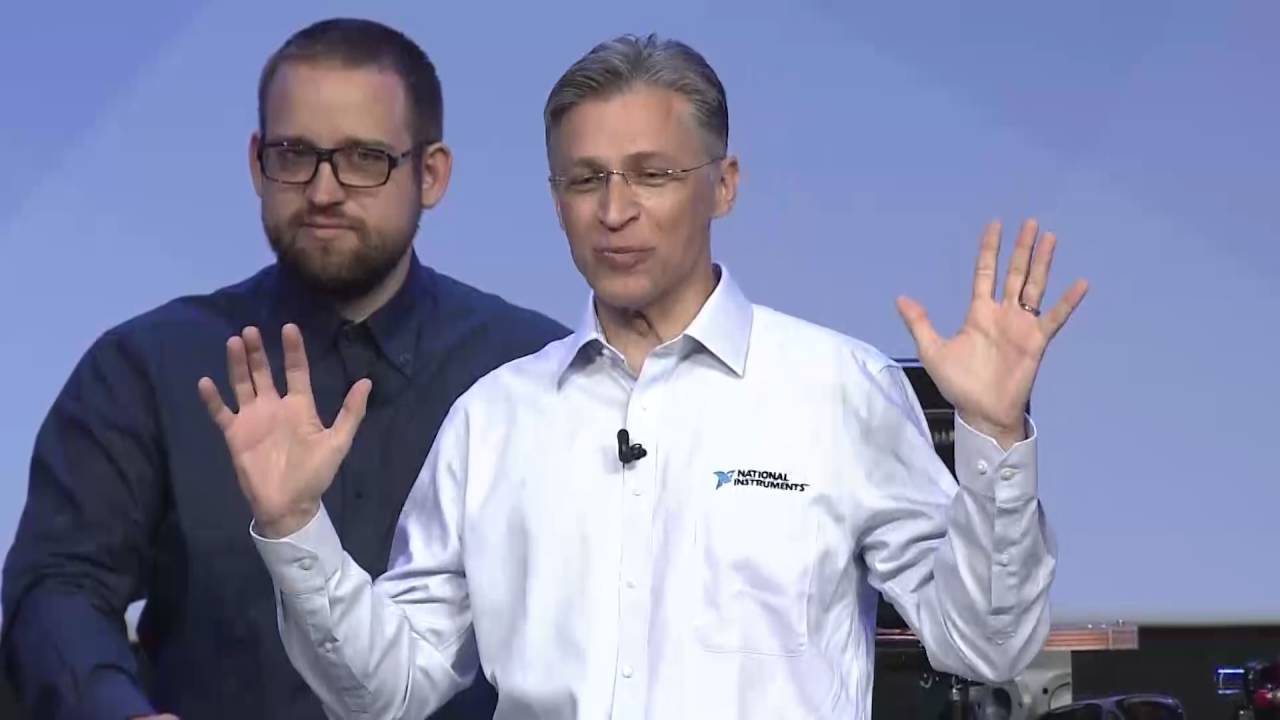Sep 11, 2016
Will Quantum Computers Transform The Next Century?
Posted by Karen Hurst in categories: computing, particle physics, quantum physics
Hmmmm; I suggest that “Kate” needs to follow up with the research teams at the University of Sydney, MIT, ORNL, and University of China who have already proven and shared insights and techniques to stabilize QC, make it scalable (as we are already seeing Google leverage), and trace particles throughout entanglement. I really do not like ready articles that misleads the public because the author was lazy in not doing their own research and homework on their topics.
Today I’d like to speak about quantum computers and to share my ideas of their purpose in the nearest future. As you know, applying the laws of quantum mechanics it’s actually possible to create a new type of computing machine, enabling to solve some of the issues, being currently unable to resolve even upon the use of the most powerful machines. As a result, the speed of major complex computations will significantly increase, for instance, the messages sent via quantum coupling lines will be impossible to capture or to copy. Sounds quite fantastic, isn’t it? Furthermore, today we already have working prototypes of future quantum computers. So, let’s consider this topic more precisely.
Continue reading “Will Quantum Computers Transform The Next Century?” »
